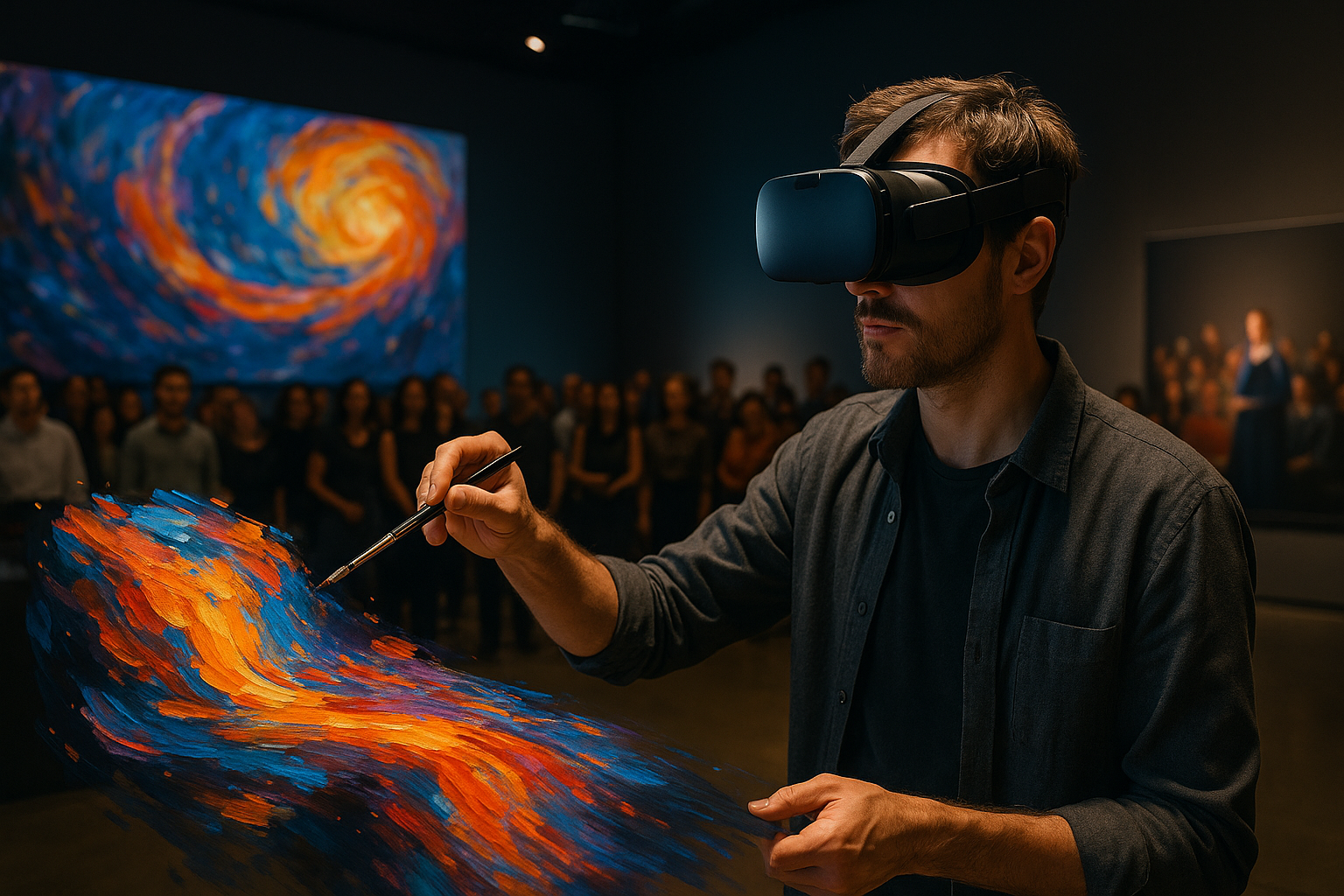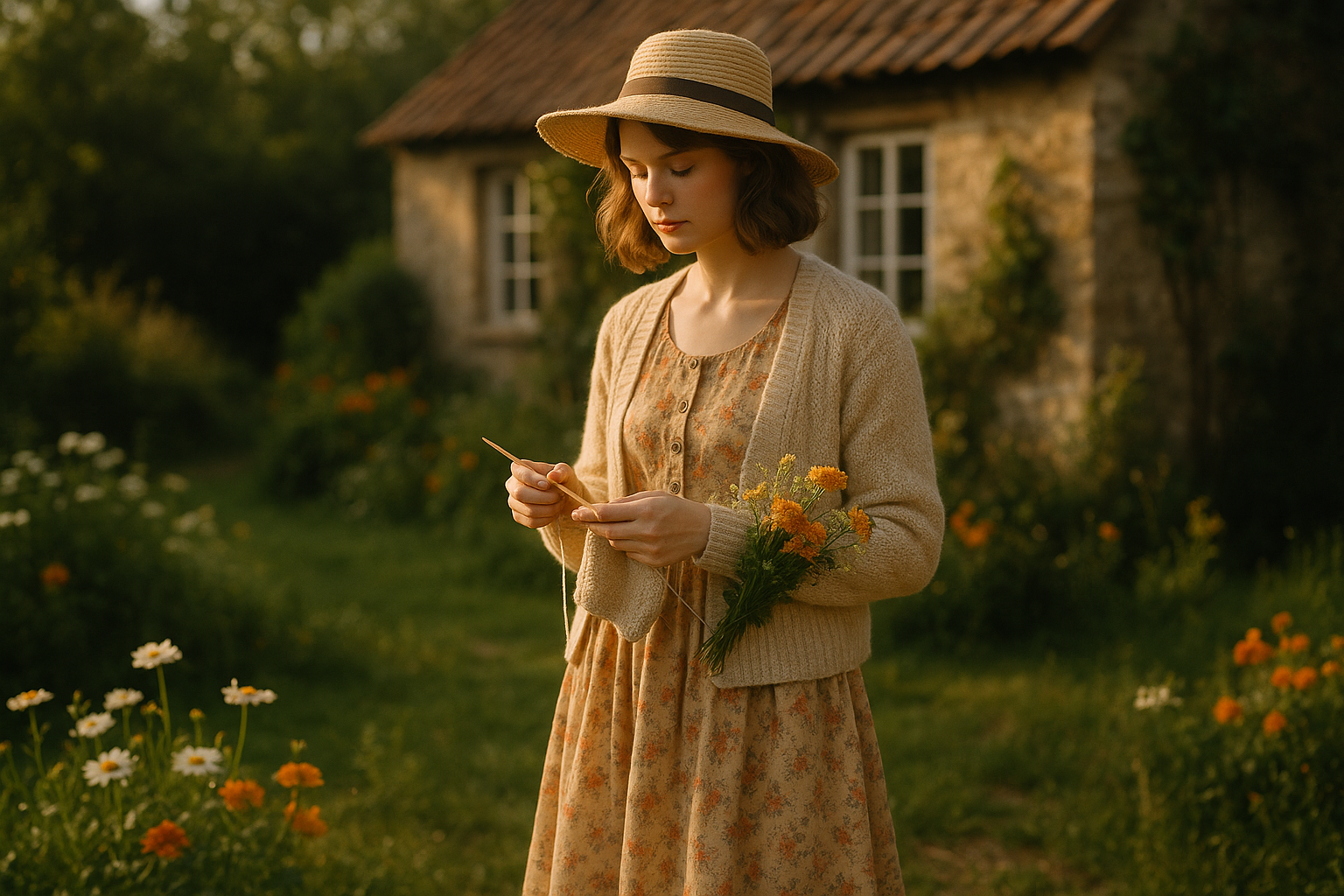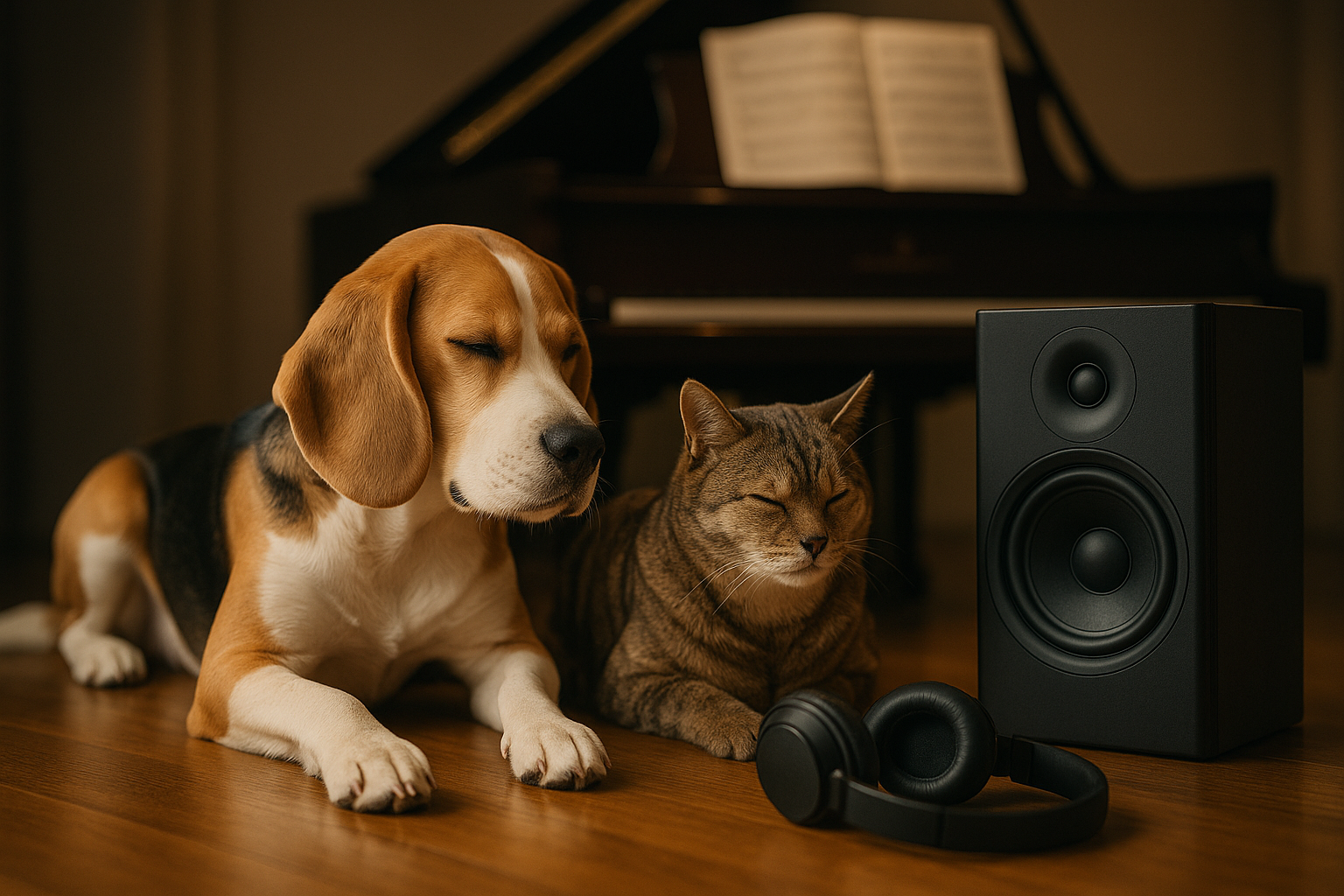Bridging the Gap: How Virtual Reality is Reshaping the Artistic Landscape
Introduction: Immerse yourself in the realm where technology and creativity collide. The dawn of virtual reality (VR) in the arts and entertainment industry presents a new and exhilarating frontier. This groundbreaking movement is rapidly redefining artistic experiences, offering unprecedented possibilities for expression, interaction, and immersion.

Journey Through Time: The Emergence of Virtual Reality
Virtual Reality technology, initially a vision of science fiction, has come a long way since its conceptual beginnings in the mid-20th century. While VR’s earliest practical applications were primarily within the fields of gaming and military training, recent years have witnessed its bold expansion into the world of arts and entertainment. From virtual art exhibitions to interactive theatre performances, VR has opened up an innovative platform for artistic expression and audience engagement.
The Current Scene: Virtual Reality in the Arts
Today, VR technology is making waves, transforming our consumption of art and entertainment. Artists worldwide are exploring VR’s potential, creating immersive, interactive experiences that push the boundaries of traditional artistic mediums. For instance, VR concerts provide an immersive music experience, enabling fans to ‘attend’ gigs in distant locales or even fantastical settings. Furthermore, art galleries are now offering virtual tours, allowing art enthusiasts to explore collections at their own pace, free from geographical constraints.
The Impact: VR’s Influence on Artistic Expression and Audience Engagement
The application of VR in arts and entertainment has had far-reaching implications. For artists, it offers an exciting new medium for expression, allowing them to craft immersive, multi-dimensional experiences. On the other hand, it provides audiences with more engaging, interactive content. VR has the power to transport its users into meticulously crafted worlds, heightening sensory engagement and fostering a more profound connection with the art. It can also increase accessibility, making art and entertainment experiences available to broader audiences, regardless of physical location.
The Future: VR’s Potential and Challenges
The potential of VR in the arts and entertainment industry is vast. As technology continues to evolve, we can expect even more immersive, interactive experiences. However, challenges remain. Despite falling costs, VR technology remains inaccessible to many due to its expense. Furthermore, the creation of high-quality VR content requires technical expertise, potentially limiting its adoption among artists. Nonetheless, with continued investment and technological advancements, VR’s influence on the artistic landscape is set to grow.
The Artistic Renaissance of Virtual Reality
As we stand on the precipice of a new era in arts and entertainment, the impact of Virtual Reality is undeniable. By bridging the gap between technology and creativity, VR is reshaping the landscape, offering unprecedented opportunities for artistic innovation and audience engagement. As we navigate this exciting frontier, one thing is clear - VR technology holds the potential to revolutionize our artistic experiences, forever altering the way we engage with arts and entertainment.




